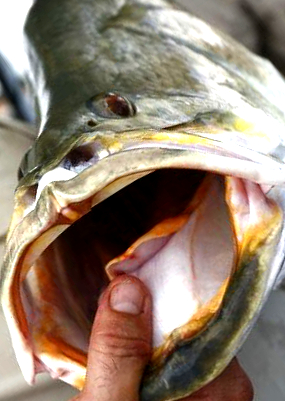Floods push barra back home
 Scientists have discovered that barramundi exhibit very accurate homing behaviour, travelling up to 80 km to their “home” billabongs after wet season rains.
Scientists have discovered that barramundi exhibit very accurate homing behaviour, travelling up to 80 km to their “home” billabongs after wet season rains.
“It is widely understood that as the wet season rains flow into floodplains, fish begin to leave the refuge of their dry-season waterholes to capitalise on the abundance of new aquatic habitat and food resources,” says Charles Darwin University Associate Professor and project lead David Crook.
“What we wanted to understand was the movements and behaviour of individual fish and their dispersal over floodplains.”
Dr Crook worked with researchers from the Department of Primary Industry and Resources, Fisheries Division and with support from Parks Australia, to implant radio transmitters into 25 barramundi and 29 fork-tail catfish to track their movements over an eight-month flood cycle in Kakadu’s South Alligator River, 300 kms south-east of Darwin.
“We found that the majority of fish that survived the wet season sought out and recolonised their ‘home’ billabong, even if there was suitable habitat closer to their wet season feeding grounds,” he said.
Dr Crook said both species altered their behaviour in response to changes in the availability and distribution of aquatic habitat.
“Although there was a lot of individual variation in movement patterns, some barramundi and catfish travelled up to 80 km from their dry-season waterhole during the wet,” Dr Crook said.
He said this type of homing behaviour allowed fish to travel widely to seek food during the wet season, while reducing the risk of fish becoming stuck on drying floodplains as the flood waters receded.
“This research has helped address a gap in understanding the behaviour and fates of individual fish,” he said.
“It gives us a better understanding of food webs and energy flows in these dynamic river systems as environmental conditions change.”








 Print
Print